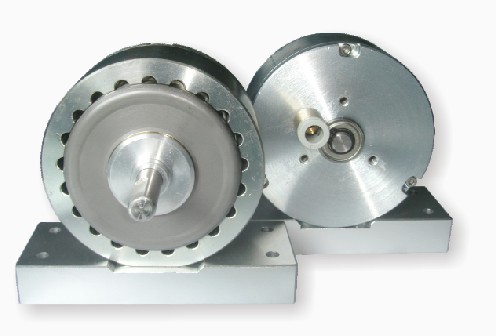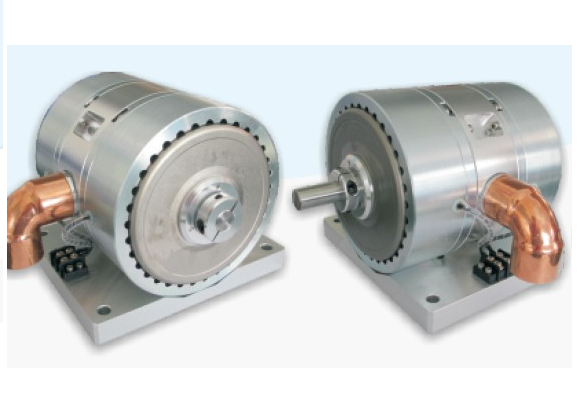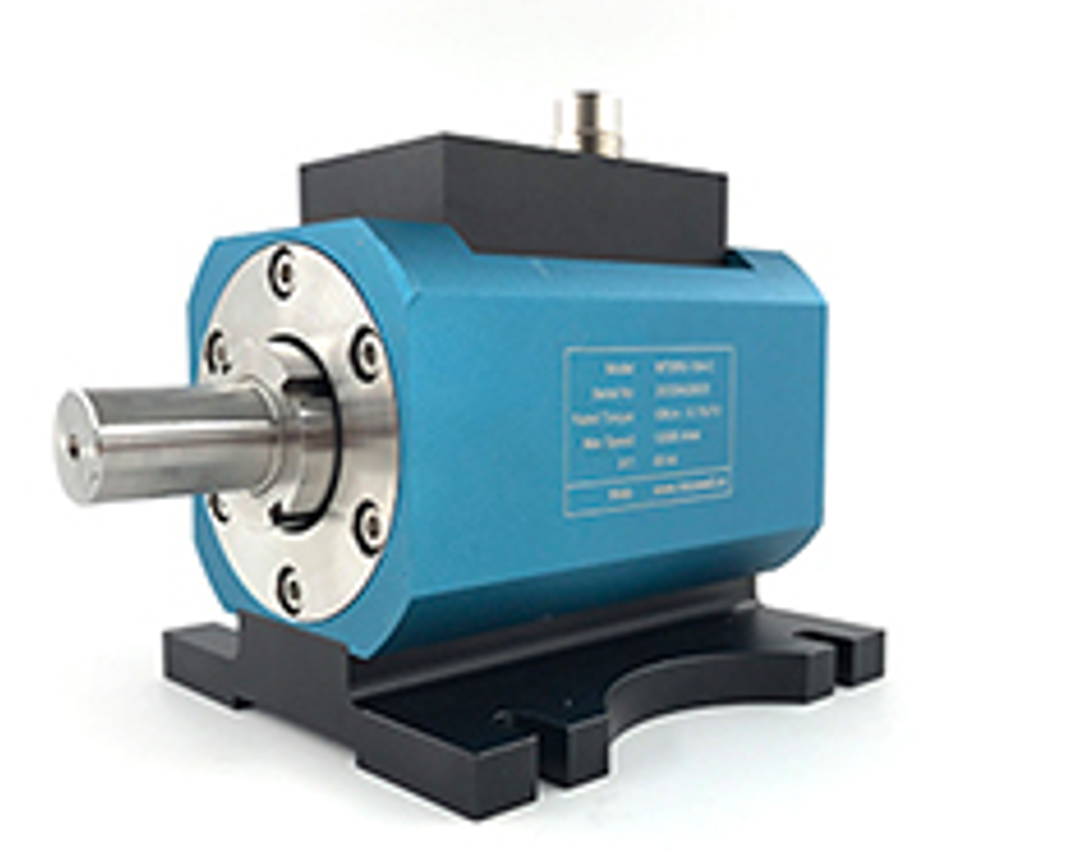The Unseen Muscle Reshaping Factories Why Smart Manufacturers Are Switching to Servo Press Power &#
Author : Lyng Stewart | Published On : 15 Nov 2025
Picture this: a factory floor decades ago. The rhythmic *thunk-thunk-THWACK* of mechanical presses echoes like industrial heartbeat, punctuated by hissing hydraulics and the sharp scent of hot metal and oil. Fast forward to today. Walk into a cutting-edge facility, and the difference is… unsettlingly quiet. Where’s the noise? The vibration shaking your boots? The frantic energy? Instead, you see a press glide down with eerie silence, kiss a piece of high-strength steel with pinpoint accuracy, and retreat – all within a blinding fraction of a second. This isn't magic; it's the servo press revolution happening right now, and it's fundamentally rewriting the rules of metal forming. Forget brute force; welcome to the era of intelligent strength.

For generations, manufacturers relied on two dominant technologies: the relentless hammer-blow of mechanical presses and the powerful, fluid-driven force of hydraulics. Both got the job done, often at immense cost – cost measured not just in dollars, but in wasted energy, inconsistent quality, deafening noise, and painful limitations. Mechanical presses, bound by fixed cycles and flywheel inertia, couldn't adapt. Need more force at a different point in the stroke? Tough. Hydraulics offered flexibility but at the price of sluggish speed, astronomical energy consumption (often literally *heating the factory*), oil leaks, and constant maintenance battles. Enter the servo electric press: a technological leap driven by the precision and adaptability of advanced servo motors directly controlling the ram motion. It’s not just a new machine; it’s a new manufacturing philosophy.
So, what makes a servo press tick? Think of a high-performance electric sports car versus a steam locomotive. At its core is a powerful, brushless AC servo motor, often coupled with a high-capacity reduction gearbox or directly driving a ballscrew or belt drive mechanism. This replaces the flywheel, clutch, and massive drive motor of a mechanical press, or the hydraulic pump, valves, and cylinders of a hydraulic system. The magic lies in the sophisticated motion controller – the brain of the operation. This controller dictates *exactly* the position, speed, and force profile of the ram throughout its *entire* stroke. Not just "top" and "bottom," but every single millimeter in between. This programmability unlocks capabilities previously unimaginable:
* Infinitely Variable Stroke Length u0026 Speed: No preset limits. Need a shallow, high-speed kiss for delicate electronics assembly? Done. Need a long, slow, powerful push for deep drawing an automotive panel? Done. On the same machine. In the next cycle.
* Perfectly Tailored Force Profiles: Apply maximum force exactly where it's needed in the stroke (e.g., bottom dead center for coining), or modulate force smoothly during forming to prevent tearing or wrinkling.
* Ultra-Precise Dwell Control: Hold the ram at a specific position with micron-level accuracy and constant force for precise operations like crimping, swaging, or in-die tapping. No drift, no creep.
* Active Vibration Cancellation: Sophisticated algorithms anticipate and counteract vibration *before* it happens, enabling incredibly high speeds without rattling the machine or the part loose.
* Built-in Data Intelligence: Every cycle generates a wealth of data – force vs. position curves, energy consumption, cycle time – providing unparalleled visibility into the process for immediate quality control and predictive maintenance.
The benefits of this technological symphony translate directly into hard, measurable dollars and competitive advantage across every facet of production:
1. Crushing Energy Costs u0026 Embracing Green: This is often the most jaw-dropping figure. Hydraulic presses are notorious energy hogs, often operating at 10-20% efficiency. They run pumps constantly, even when idle, generating massive heat (requiring costly cooling systems). Mechanical presses waste huge energy braking the flywheel. Servo presses? They consume power *only when moving* and regenerate power during deceleration, feeding it back into the grid. Real-world results? Energy savings of **40% to 80%** are common. Imagine slashing hysteresis brake after month. That's not just saving money; it's a significant sustainability win, reducing your carbon footprint dramatically. ♻️
2. Quality That Soars, Scrap That Plummets: Consistency is king. With servo control, every single stroke is identical. No more variations due to hydraulic pressure fluctuations, oil temperature changes, or flywheel speed differences. The precision eliminates springback issues, improves dimensional accuracy, and ensures perfect form every time. The ability to monitor the exact force-distance profile in real-time acts like a fingerprint for the process. Deviations signal potential die wear, material problems, or defects *immediately*, allowing intervention before bad parts pile up. This proactive approach drastically reduces scrap rates – sometimes by **30% or more** – directly boosting your yield and profitability. Quality isn't just inspected; it's built-in. �
3. Speed Meets Flexibility: Unleash Throughput: Don't mistake silence for slowness. Modern servo presses are *fast*. Their ability to optimize the ram motion profile – accelerating rapidly through non-working parts of the stroke and precisely controlling speed during forming – often results in *higher* cycle times than traditional presses of comparable tonnage. More importantly, their programmability means instantaneous changeovers. Switching a job isn't a multi-hour ordeal involving mechanical adjustments or hydraulic reconfigurations; it's loading a new program. This agility is gold in today's high-mix, low-volume manufacturing landscape. Produce small batches efficiently, respond to urgent orders faster, and maximize machine utilization. ⚡
4. Durability That Lasts u0026 Maintenance You Won't Dread: Simpler is stronger. Servo presses eliminate complex, failure-prone components like clutches, brakes, hydraulic pumps, valves, hoses, and large oil reservoirs. Fewer parts mean fewer things to break. The robust servo motor and drive train are designed for millions of cycles. Maintenance shifts from fighting leaks and replacing worn hydraulics to simpler tasks like lubrication checks and periodic inspections. Reduced downtime translates directly to more production hours and lower maintenance costs over the machine's lifespan. Reliability becomes your new normal. �
5. A Quieter, Safer, Operator-Friendly World: The noise reduction is transformative. Replacing the thunderous clang of a mechanical press or the constant whine of a hydraulic power unit with near-silent operation dramatically improves the shop floor environment. Less noise means less worker fatigue, better communication, and easier concentration. Furthermore, the inherent precision and programmability enhance safety. Operators can be physically farther from the point of operation during hazardous cycles. Soft-touch initiation and light guarding integration are more straightforward. A safer, more pleasant workplace isn't just ethical; it boosts morale and productivity. ��️
The applications where servo presses shine brightest are as diverse as manufacturing itself:
* **Automotive Giants:** Forming complex, high-strength steel body panels with precise depth control and minimal springback. Perfectly crimping battery terminals for EVs. Silently assembling intricate transmission components. �
* **Aerospace Precision:** Forging critical turbine components where material grain structure and dimensional tolerances are measured in microns. Forming delicate titanium alloys without inducing stress fractures. ✈️
* **Electronics Wizards:** Delicately inserting fragile connectors. Precisely forming intricate shielding cans. Achieving perfect solder joint crimps without damaging sensitive PCBs. �
* **Medical Device Masters:** Molding pristine, biocompatible implant components. Assembling minute surgical instruments with absolute repeatability. Ensuring leak-proof seals on life-saving devices. �
* **Consumer Goods Leaders:** Creating aesthetically perfect, complex shapes for appliances. Efficiently forming diverse cookware from thin gauge aluminum to heavy stainless steel. Ensuring consistent quality for millions of units. �


But technology alone isn't the answer. Choosing the right servo press and integrating it effectively is crucial:
* **Tonnage u0026 Bed Size:** Match the machine's capability to your actual forming needs, considering material, part size, and complexity. Don't just replace like-for-like; optimize.
* **Stroke Length u0026 Speed Range:** Ensure the press offers the stroke and the programmable speed flexibility required for your specific processes, both current and anticipated future jobs.
* **Control System Sophistication:** Evaluate the user interface, programming capabilities, data logging features, and ease of integration with factory networks (Industry 4.0 / IIoT). Is it intuitive for your operators and maintenance teams?
* **Force Monitoring u0026 Analytics:** Robust, real-time force-distance monitoring is non-negotiable for quality assurance and predictive maintenance. Understand the system's capabilities and data output.
* **Integration u0026 Support:** Partner with a supplier offering strong technical support, comprehensive training, and proven expertise in integrating servo presses into existing production lines smoothly.

The transition isn't just about buying a machine; it's about understanding its potential. Work closely with your supplier and your engineering team. Challenge assumptions about how parts *have* to be made. Explore new forming strategies unlocked by programmable motion – techniques like "pulsing" during deep draws to prevent tearing or applying variable force profiles for challenging materials. The full ROI isn't just in energy savings; it's in the doors opened by this unprecedented control.
We stand at a pivotal moment. Global competition demands relentless efficiency, flawless quality, sustainable practices, and agile response. Sticking with legacy press technology isn't just inefficient; it's increasingly unsustainable. Servo press systems represent more than a capital investment; they represent an investment in the future viability and competitiveness of your manufacturing operation. They are the intelligent muscle driving the next generation of production – silent, precise, adaptable, and incredibly powerful.
The quiet revolution on the factory floor isn't a sign of slowing down. It's the sound of manufacturing getting smarter, faster, cleaner, and stronger. Are you ready to turn down the noise and turn up your productivity? The future of forming is here, and it's electric. �➡️�
The question isn't *if* you should explore servo press technology, but *how soon* you can harness its transformative power for your bottom line and your future. Let the intelligent force reshape what's possible.
